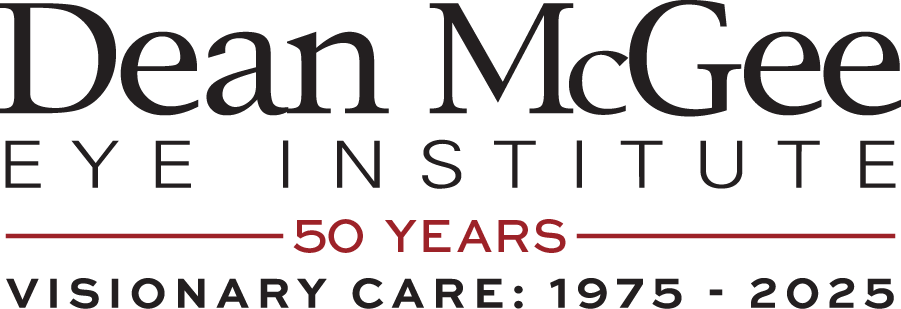
|Videos|May 5, 2022
New software program improves biometry measurements obtained by OLCR biometer
Author(s)Raj P. Patel, BSc

Lens thickness and anterior chamber duct values obtained by Lenstar can be improved by SpikeFinder to reduce errors in measurements.
Advertisement
Presented by Raj P. Patel, BSc, “New Software Program to Improve Biometry Measurements Obtained by an Optical Low-Coherence Reflectometry (OLCR) Biometer,” hypothesized that:
- While AL and K measurements obtained with OLCR are similar to SS-OCT, the device may be inaccurately reading the spikes for ACD and LT calculations
- We sought to implement and evaluate a new program, SpikeFinder, which attempts to more accurately capture internal optical path measurements, specifically for LT and ACD measurements
Results:
- We chose to study the eyes with the largest differences
- 3,197 eyes had LoTs differing by at least 0.6mm, 2,471 of these could be analyzed using SpikeFinder
- A subgroup of 350 eyes was chosen at random from this group from which 5 were excluded due to LS and IOLM exams having been done on different days
- 3,197 eyes had LoTs differing by at least 0.6mm, 2,471 of these could be analyzed using SpikeFinder
- Difference between values (IOLM — LS), mean (SD) before SpikeFinder:
- AL: 0.00 mm (0.06)
- LT: 1.15 mm (0.38)
- ACD: -0.66 mm (0.31)
Summary of results:
- SpikeFinder improves agreement between IOLM 700 and LS
- However, inner segments from 49 (14%) eyes still differed by more than 0.10mm
Conclusions:
- LT and ACD values obtained by Lenstar can be improved by SpikeFinder to reduce errors I measurements
- Recalibrated measurements after SpikeFinder are equivalent to lengths obtained by the IOL Master 700
- Performance of modern multivariable IOL formulas which use LT and ACD may be improved to be more accurate through the use of SpikeFinder
- We are currently evaluating SpikeFinder in additional larger datasets, concluding international datasets, before offering this for public use
Newsletter
Don’t miss out—get Ophthalmology Times updates on the latest clinical advancements and expert interviews, straight to your inbox.
Advertisement
Latest CME
Advertisement
Advertisement
Trending on Ophthalmology Times - Clinical Insights for Eye Specialists
1
ONL Therapeutics reports positive phase 1b data for xelafaslatide in geographic atrophy
2
FDA feedback supports Azura’s Ophthalmic's planned NDA for AZR-MD-001 in MGD
3
Alcon raises offer in amended deal to acquire STAAR Surgical
4
Neurotrophic keratitis outcomes improve with early, stage-based care
5














































.png)


